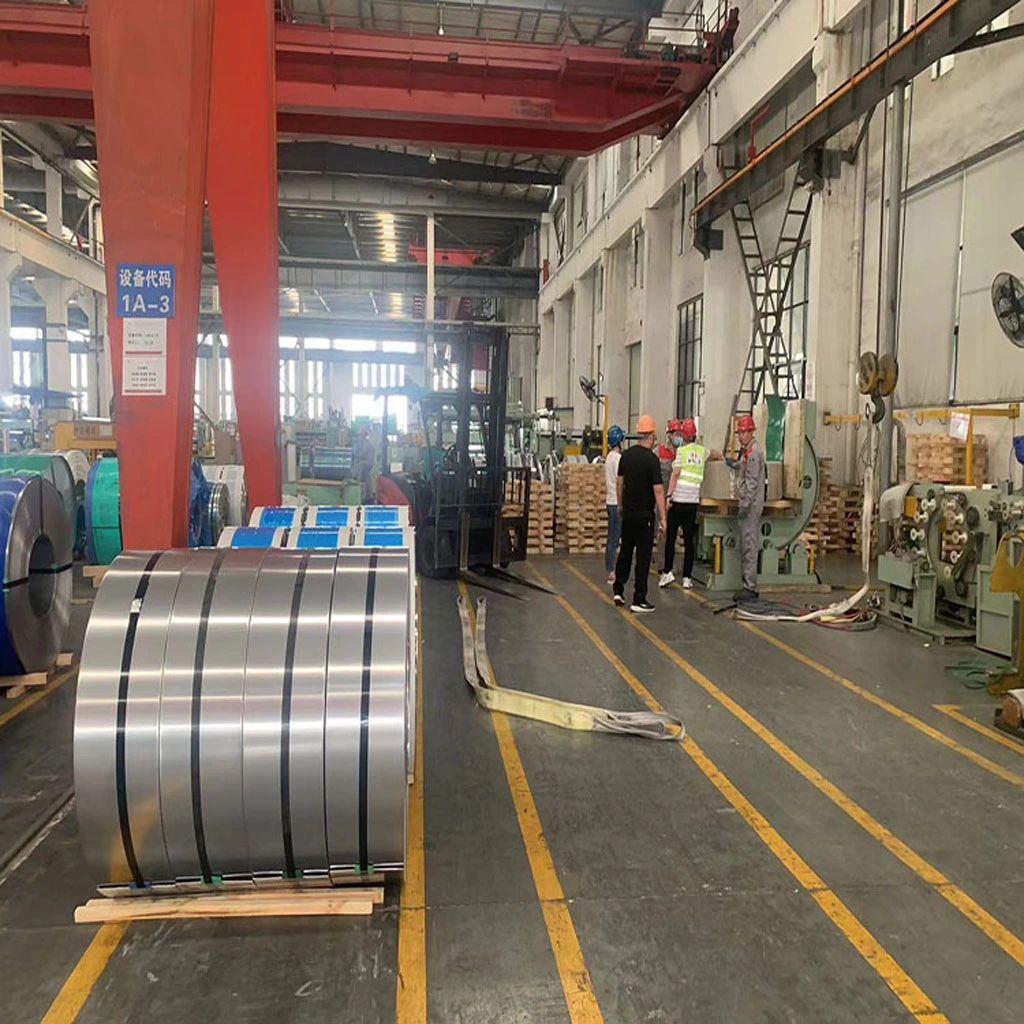What is 316 stainless steel?
2023-06-07
What is 316 stainless steel?
316 stainless steel is a popular and widely used grade of stainless steel renowned for its excellent corrosion resistance properties. It belongs to the austenitic stainless steel family, which means it is composed primarily of iron, chromium, nickel, and small amounts of other elements. The addition of molybdenum distinguishes 316 stainless steel from its counterparts and enhances its resistance to corrosive environments, including exposure to chlorides, acids, and marine conditions. This steel grade is highly sought after in various industries, such as architecture, marine engineering, chemical processing, and medical equipment manufacturing, where durability, strength, and resistance to corrosion are crucial. With its exceptional combination of mechanical properties and resistance to degradation, 316 stainless steel has become a reliable choice for applications requiring long-lasting and aesthetically pleasing components.
Chemical composition of 316 stainless steel
The chemical composition of 316 stainless steel is as follows:
Chromium (Cr): 16-18%
Nickel (Ni): 10-14%
Molybdenum (Mo): 2-3%
Manganese (Mn): 2%
Silicon (Si): 0.75%
Carbon (C): 0.08%
Phosphorus (P): 0.045%
Sulfur (S): 0.03%
What are the mechanical properties of 316 stainless steel?
The mechanical properties of 316 stainless steel can vary slightly depending on the specific heat treatment and manufacturing processes employed. However, typical mechanical properties of annealed 316 stainless steel are as follows:
Tensile Strength: 515-690 MPa (75-100 ksi)
Yield Strength: 205 MPa (30 ksi)
Elongation: 40%
Modulus of Elasticity: 193 GPa (28 x 10^6 psi)
Poisson’s Ratio: 0.3
Hardness (Brinell): 149 HB
These values indicate that 316 stainless steel possesses good tensile strength, exhibiting resistance to deformation under tensile forces. The material also demonstrates adequate yield strength, indicating its ability to withstand permanent deformation before failure. The elongation value signifies the degree to which the material can stretch before breaking, highlighting its ductility. With a relatively high modulus of elasticity, 316 stainless steel displays stiffness and maintains its shape when subjected to external loads. Additionally, the moderate hardness value indicates its ability to resist indentation and wear.
What are the physical properties of 316 stainless steel?
The physical properties of 316 stainless steel include:
- Density: 8.00 g/cm³ (0.289 lb/in³)
- Melting Point: 1370-1400°C (2500-2550°F)
- Thermal Conductivity: 16.2 W/m·K (9.4 BTU·in/(hr·ft²·°F))
- Electrical Resistivity: 74.0 µohm·cm (29.1 µohm·in)
- Specific Heat Capacity: 500 J/kg·K (0.12 BTU/lb·°F)
- Magnetic Properties: Nonmagnetic (paramagnetic)
The density of 316 stainless steel indicates its relatively high mass per unit volume. Its melting point lies within a range of 1370-1400°C, making it suitable for high-temperature applications. With a thermal conductivity of 16.2 W/m·K, 316 stainless steel has good heat transfer properties. The electrical resistivity of 74.0 µohm·cm indicates its moderate electrical conductivity. The specific heat capacity represents the amount of heat required to raise the temperature of the material. Lastly, 316 stainless steel is nonmagnetic or paramagnetic, meaning it does not exhibit strong magnetic properties in its annealed state.
What are the characteristics of 316 stainless steel?
The characteristics of 316 stainless steel include:
Excellent Corrosion Resistance: 316 stainless steel is known for its outstanding resistance to corrosion, particularly in aggressive environments. It demonstrates excellent resistance to chloride-induced pitting and crevice corrosion, making it suitable for use in marine and coastal applications.
High Temperature Resistance: This steel grade maintains its strength and mechanical properties at elevated temperatures, making it suitable for applications involving high heat and thermal cycling.
Superior Chemical Compatibility: 316 stainless steel has exceptional chemical resistance, allowing it to withstand exposure to a wide range of chemicals, acids, and alkalis. This makes it suitable for applications in chemical processing industries.
Good Weldability: 316 stainless steel exhibits good weldability, allowing for ease of fabrication and the ability to join components through various welding techniques without compromising its corrosion resistance.
Hygienic and Sanitary Properties: Due to its corrosion resistance and easy-to-clean surface, 316 stainless steel is widely used in the food and beverage industry, as well as in medical equipment and pharmaceutical applications where cleanliness and hygiene are essential.
Strength and Durability: With its combination of high tensile strength, good yield strength, and excellent toughness, 316 stainless steel offers robustness and longevity in demanding environments.
Overall, the characteristics of 316 stainless steel make it a versatile and reliable material for various industries, especially those requiring resistance to corrosion, high temperatures, and harsh chemicals.
What are the common applications of 316 stainless steel?
316 stainless steel finds extensive applications across a range of industries. Its excellent corrosion resistance, high temperature resistance, and durability make it ideal for various demanding environments. Common applications include marine and coastal equipment such as boat fittings, marine hardware, and offshore structures. It is widely used in the chemical processing industry for tanks, pipes, valves, and fittings. In the food and beverage industry, 316 stainless steel is employed for food processing equipment, brewery and dairy equipment, and kitchen appliances. It is also utilized in medical devices and surgical instruments due to its biocompatibility and ease of sterilization. Architectural applications include exterior cladding, handrails, and decorative elements. Additionally, 316 stainless steel is used in pharmaceutical equipment, heat exchangers, pulp and paper processing, wastewater treatment, and automotive components where resistance to corrosion and high strength are essential.
